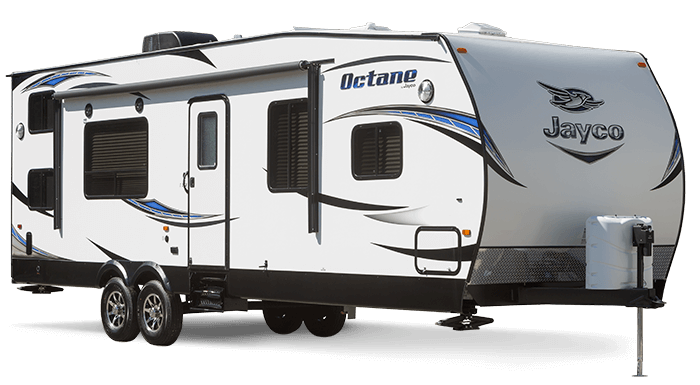
Rab proteins are important for eukaryotic membrane trafficking, particularly in the transport of proteins. They play a key role in regulating vesicle budding, fusion and endocytic and exocytic transport. They also interact to other Rab-associated protein proteins to regulate their activation. Rabs are also involved in the docking and fusion of lipid bilayers vesicles.
At least 60 proteins make up the Rab family. Some are genetically conserved while others evolved to fulfill more specific functions. These proteins share a common GTPase activity, and are responsible to membrane trafficking. They can bind and activate GDP (guanine diphosphate), which is a precursor of guanine nucleotide (GTP), hydrolysis. The active forms of Rabs are preferentially GTP-bound. However, some Rab proteins are able to switch to GDP-bound state. In addition, the GTP-bound form has enhanced affinity for effectors.

There are many small guanosine triphosphatases in the Rab family. Most of the Rabs are expressed in all cell types, but a few are specialized in particular pathways. The Rab3A protein is found in synapses as well as neurons. While the Rab8 protein is somatodendritic, it can be found in neurons. Some Rabs may be involved in the transport sphingolipids or cholesterol. Other Rabs are involved with membrane fusion and the synthesis cytosolic GTP.
The Ras superfamily's largest branch is the Rabs. They bind to and activate guanine dimphosphate. Some Rabs specialize in specific cellular processes while others are critical for eukaryotic life. They also play an important role in the prevention and treatment of many diseases. This review will highlight recent advances in understanding how Rab-related diseases are effected and their pathogenesis. Future studies will focus on the roles of Rab family members in various cell types.
Rabs are very dynamic in their mobility and can be involved in many pathways. In fact, their ability to interact with other Rab-associated proteins is crucial to their function. In addition to controlling the movement vesicles' Rabs are also responsible for docking and fuse lipid bilayers vesicles. There are also several accessory Rab proteins, such as GDI and GEF. These proteins promote Rab GTPase activity. These proteins aid Rabs to switch between GTP and GDP-bound states.
For vesicle transportation, Rabs are necessary. However, defects in their function can lead to multiple factors. Lack of Rab27a can lead to hemophagic syndrome, pigment abnormalities, and X-linked, non-specific mental retardation. Deficient Rabs are also thought to cause neurotransmitter dysregulation and eye defects as well as impaired immune function. The Rab cycle defect is also causing an increase in inherited disorders of Vesicle Trafficking. The discovery of common pathogenic mechanisms may improve the diagnosis of such diseases. These studies could also lead to the development of therapeutic agents.

Rabs are also crucial in brain function, development, and function. In the human body, Rab3A is present in neurons and platelets, and is required for the release of calcium-dependent neurotransmitters. Additionally, trafficking melanosomes requires the Rab27a/Mlph/MyoVa Complex.